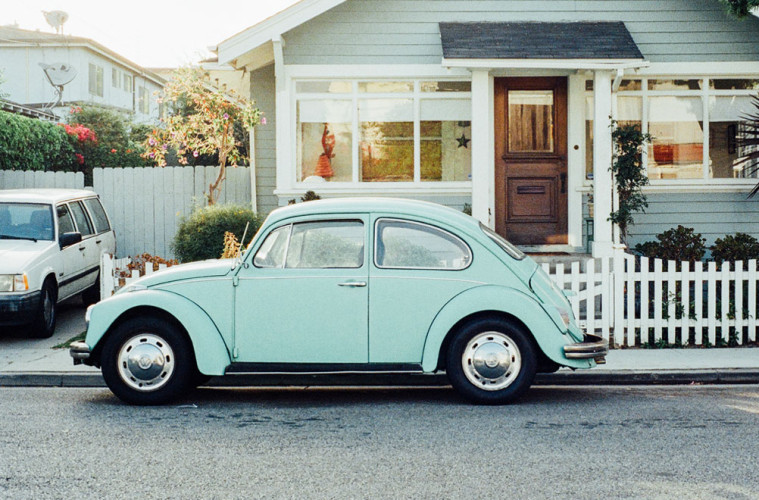Buying a car second hand is much more cost-effective than buying new, and unless you’re being funded by the bank of mum and dad, choosing to buy used is probably a much more sensible option for any student. Even after you’ve graduated and have a bit of money coming in, buying second hand is often still the most sensible choice given that, according to The AA, a new car can lose up to 40% of its value in the first year alone. Here’s our guide on what to look out for when buying a second hand car.
The first thing you have to do when looking to buy a new car is plenty of research. With the internet at your fingertips, there’s no excuse for being uninformed, and a few hours browsing sites such as What Car? and Auto Express can give you all of the information you need to make an informed decision about the purchase. Once you’ve narrowed your choice down to a few options based on your priorities, check classified ads and online car buying services such as We Buy Cars For More to find the best prices.
At this point, it’s important to decide on a budget and make sure you can afford to run the car you’re looking to buy. Get insurance quotes and check car tax rates, factor in the cost of any repairs you may need to make and, if you’re taking out a loan to pay for the car, the monthly repayments. A great tool for figuring out if you’ll be able to afford the expense of running a car while at university is the student calculator from Brightside.
Before you buy any car, you should see it in real life and inspect it for faults. Before you go to the viewing, it’s a good idea to browse some model-specific forums, as they’re a great source of information for finding out common faults that particular model may have. Take note and look out for any of these during your inspection. However, bear in mind that people who’ve had the worst experiences with a product or service are the most likely to be vocal about it on the internet, so don’t put too much weight in complaints which only come up once or twice.
If at all possible, make sure that you’re viewing the car on a bright, clear day, as poor lighting and rain can disguise any scratches and dents in the bodywork. Check the vehicle from all angles, and take a small flashlight with you to inspect the contents of the bonnet and the wheel arches for wear and tear. You may feel a bit silly scrutinising someone else’s car to this level of detail, but it’s always better to be safe than sorry, especially when you’re buying something which could potentially cost you so much if it isn’t up to scratch. If you do spot a minor problem, it doesn’t mean that you should avoid buying the car altogether, but it can be a bargaining chip when you’re negotiating on the price.
You should always ask about the service and MOT history of the car. If you find anything unusual, ask the seller to clarify it for you — if they can’t provide a satisfactory answer, walk away from the deal. You should also insist on seeing the V5C vehicle registration document, which will show the car’s registered keeper. If the seller isn’t the official keeper of the car, be sure to inquire about why they are selling the car on the owner’s behalf. Again, if you aren’t satisfied with their answer, always walk away from the deal.
Be wary of any deal that seems too good to be true, as more often than not, it is. Key things to look out for are the car having a mileage significantly lower than you would expect for its age, and the asking price being a lot lower than you would expect, given the research you’ve conducted around it.
As long as you remain sensible and treat the purchase of your new car with the seriousness it deserves, you’ll be fine. Just keep this advice in mind and use your common sense and you’re sure to walk away with a good deal on a car which suits your needs.
- Subscribe to The Student Pocket Guide for exclusive competitions, deals, discounts, tips and advice!
- Read The Student Pocket Guide




